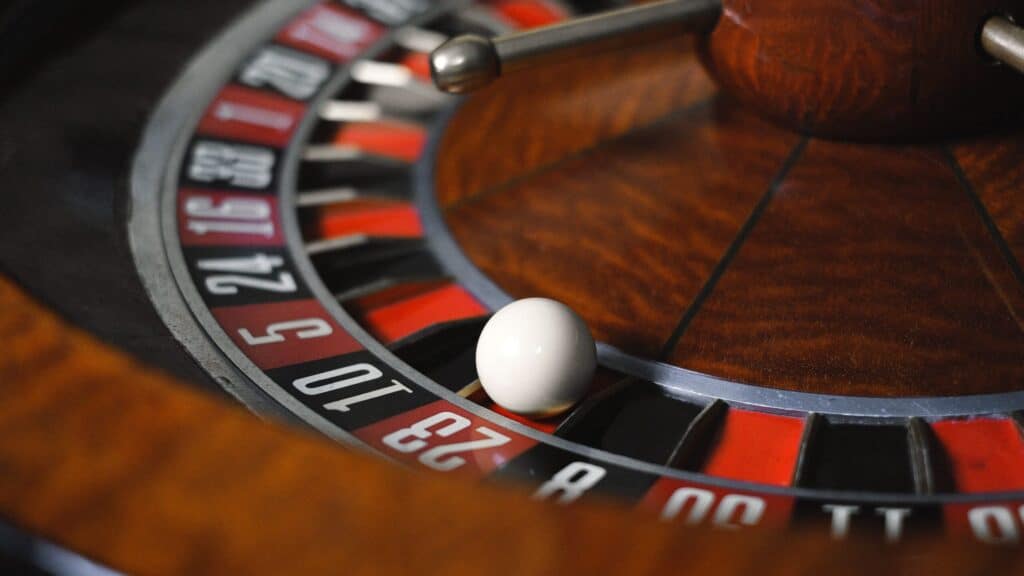Roulette, one of the oldest and most iconic casino games, has captivated players for centuries with its blend of chance and strategy. As the game has evolved, several variants have emerged, each with its unique rules and nuances. Understanding these differences is crucial for developing effective strategies tailored to each variant. This article explores popular roulette variants and offers strategies to enhance your chances of success, regardless of which version you play.
Understanding Roulette Variants
European Roulette
European Roulette is the most popular variant worldwide, especially in Europe. It features a wheel with 37 pockets, numbered from 0 to 36. The presence of a single zero (0) gives this variant a lower house edge compared to its American counterpart. Specifically, the house edge in European Roulette is 2.7%, making it a favorite among strategic players.
American Roulette
American Roulette adds an extra twist with the inclusion of a double zero (00) alongside the single zero. This increases the total number of pockets to 38 and raises the house edge to 5.26%. While the game is nearly identical to European Roulette in gameplay, the extra zero significantly impacts odds and strategy.
French Roulette
French Roulette closely resembles the European version but introduces unique rules like “La Partage” and “En Prison.” These rules apply when the ball lands on zero, allowing players to recover part or all of their even-money bets, effectively halving the house edge to 1.35%. This variant is particularly appealing for those who prefer lower-risk strategies.
Mini Roulette
Mini Roulette is a simplified version, featuring a wheel with only 13 pockets, numbered from 0 to 12. The smaller number of pockets increases the volatility but also offers better payouts for certain bets. The house edge is higher in this variant, typically around 3.85%, but it remains a popular choice for casual players due to its faster pace and simplicity.
Tailoring Strategies to Each Variant
European Roulette Strategies
1. The Martingale System
The Martingale System is one of the most well-known betting strategies, particularly effective in European Roulette due to its lower house edge. The system involves doubling your bet after each loss, ensuring that a win recovers all previous losses plus a profit equal to the original bet. While effective in theory, this strategy requires a substantial bankroll and discipline to avoid spiraling losses.
2. The D’Alembert System
The D’Alembert System is a more conservative approach compared to the Martingale. Players increase their bet by one unit after a loss and decrease it by one unit after a win. This method is less risky but also slower in recovering losses. It works best with even-money bets like red/black or odd/even.
3. The Reverse Martingale
The Reverse Martingale, also known as the Paroli System, is the opposite of the Martingale strategy. Instead of doubling down on losses, players double their bets after a win. This strategy capitalizes on winning streaks and limits losses during downturns. It is particularly effective in European Roulette due to the lower house edge, which increases the likelihood of winning streaks.
American Roulette Strategies
1. The James Bond Strategy
Named after the fictional British spy, the James Bond Strategy is a flat betting system that works well in American Roulette. The strategy involves placing bets on specific sections of the table to cover a wide range of numbers. For instance, you might place $140 on the high numbers (19-36), $50 on the six numbers 13-18, and $10 on zero. This strategy offers a balanced risk-to-reward ratio but requires a larger initial stake.
2. The Five Number Bet (Avoid)
While some players might be tempted to bet on the five numbers covering 0, 00, 1, 2, and 3, this bet should be avoided in American Roulette. The house edge on this bet is a staggering 7.89%, making it one of the worst bets you can place. Instead, focus on even-money bets or sections with better odds.
3. The Labouchere System
The Labouchere System, also known as the cancellation system, is a bit more complex but can be effective in American Roulette. Players start with a predetermined sequence of numbers (e.g., 1-2-3-4) and bet the sum of the first and last numbers in the sequence. After a win, the numbers are crossed out, and after a loss, the amount lost is added to the end of the sequence. The goal is to cancel out all numbers in the sequence, achieving a profit.
French Roulette Strategies
1. Utilizing “La Partage” and “En Prison”
The unique rules in French Roulette can significantly influence strategy. When playing even-money bets, these rules reduce the house edge by allowing you to recover part of your bet if the ball lands on zero. A common strategy is to focus on even-money bets and leverage these rules to minimize losses over time.
2. The Fibonacci System
The Fibonacci System is a progressive betting strategy based on the famous Fibonacci sequence (1, 1, 2, 3, 5, 8, 13, etc.). After a loss, players move to the next number in the sequence, and after a win, they move back two numbers. This system is slower and more conservative than others, making it ideal for French Roulette, where the “La Partage” and “En Prison” rules can further cushion losses.
3. The Red System
In French Roulette, some players prefer the Red System, which involves betting on red numbers only. Given the lower house edge due to the game’s unique rules, this system can be profitable over time, especially when combined with a progressive betting strategy like the Martingale or D’Alembert.
Mini Roulette Strategies
1. Straight Bets
Given the reduced number of pockets, straight bets (betting on a single number) in Mini Roulette offer higher payouts. However, the odds are still challenging, so it’s advisable to place these bets sparingly and balance them with other strategies.
2. Column Bets
Column bets cover four numbers in Mini Roulette, offering a decent balance between risk and reward. Since the house edge is higher in this variant, focusing on column bets can help spread your risk while still offering the potential for a reasonable payout.
3. Hybrid Systems
Due to the unique nature of Mini Roulette, hybrid systems combining elements of the Martingale and Fibonacci strategies can be effective. For instance, starting with a conservative Fibonacci sequence and switching to a Martingale approach after a loss can help mitigate risks while maximizing potential returns.
Conclusion
Roulette strategies are as varied as the game’s numerous variants. Whether you prefer the single-zero European version, the double-zero American twist, or the unique rules of French Roulette, tailoring your approach to the specific variant is essential for success. By understanding the nuances of each version and applying the appropriate strategies, you can enhance your chances of winning and enjoy a more rewarding gaming experience.
Remember, while these strategies can improve your odds, roulette is still a game of chance. Always gamble responsibly, and never wager more than you can afford to lose.



